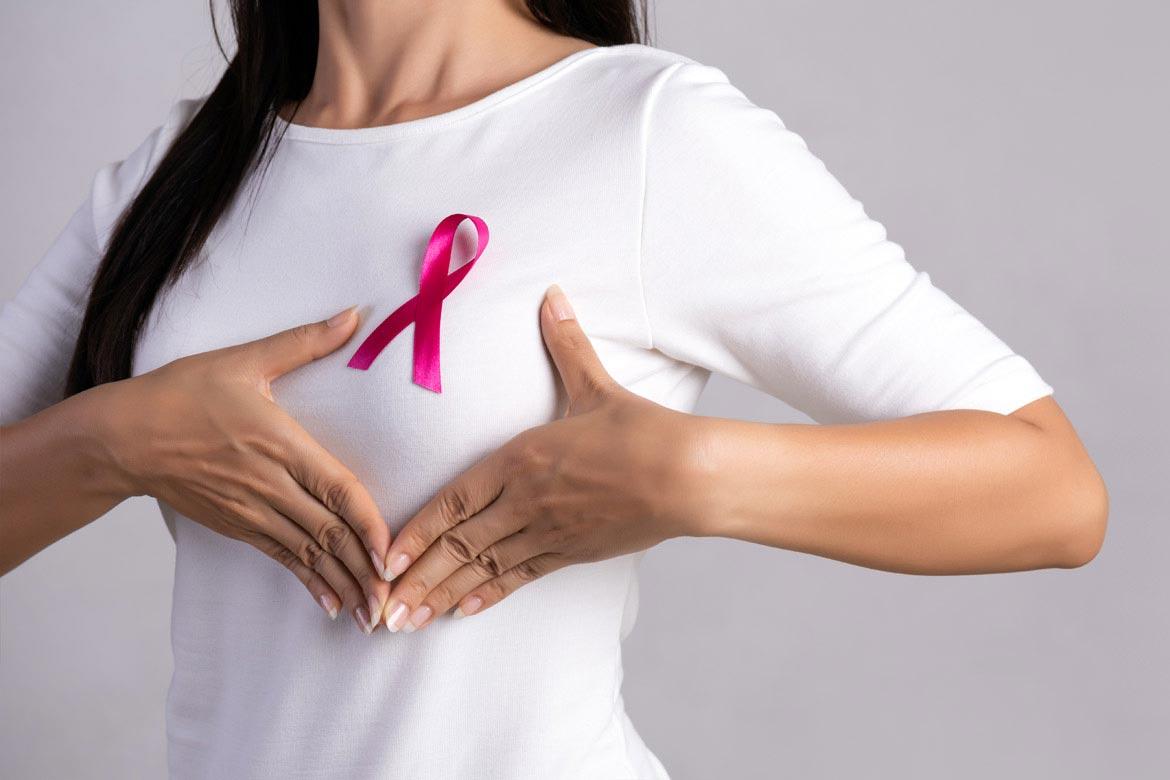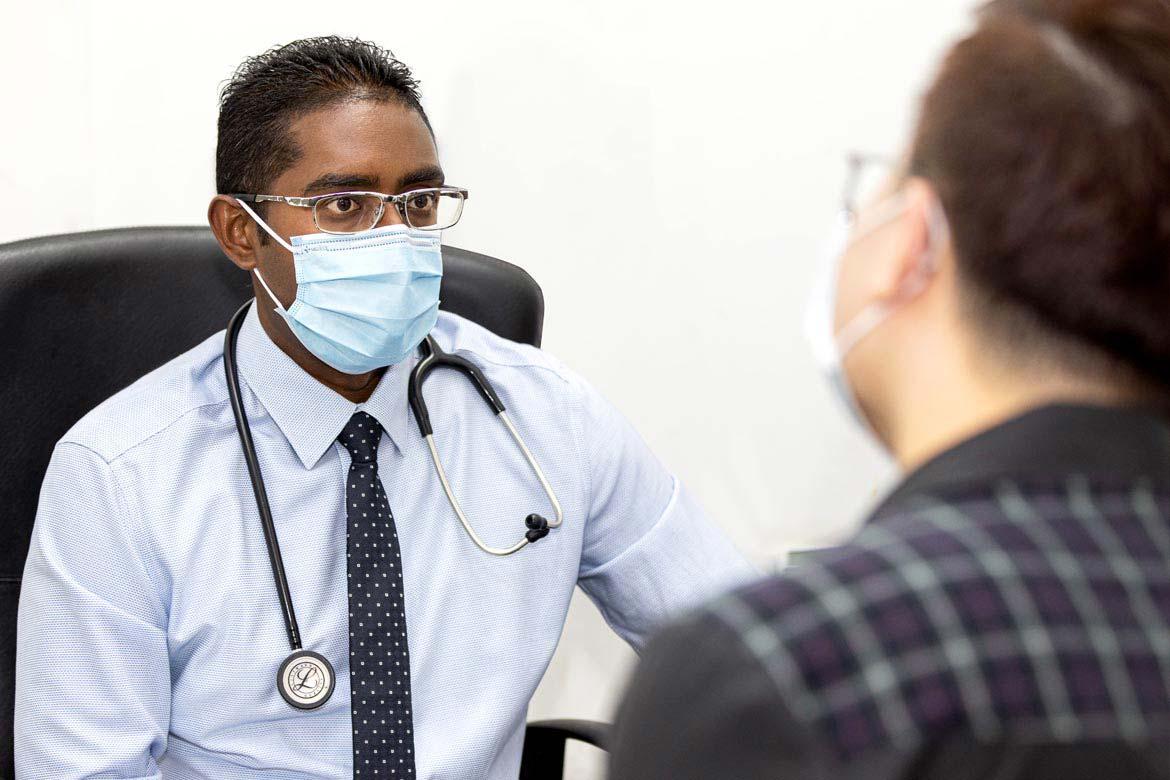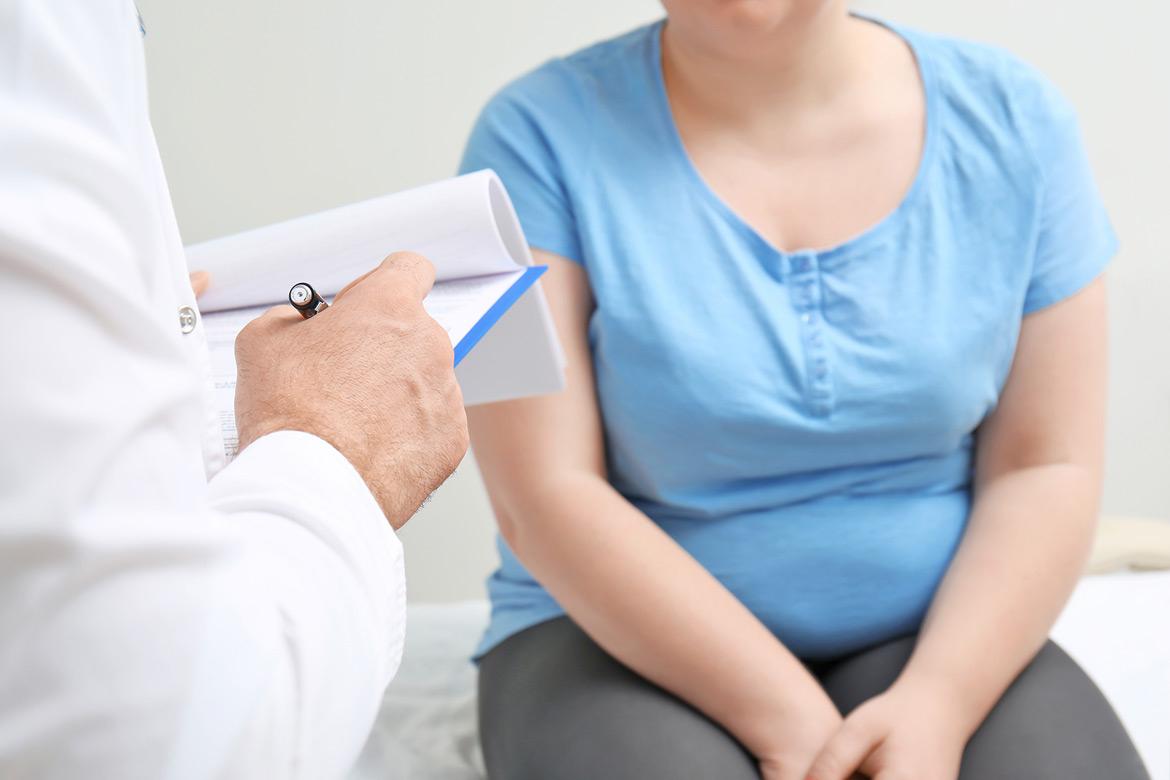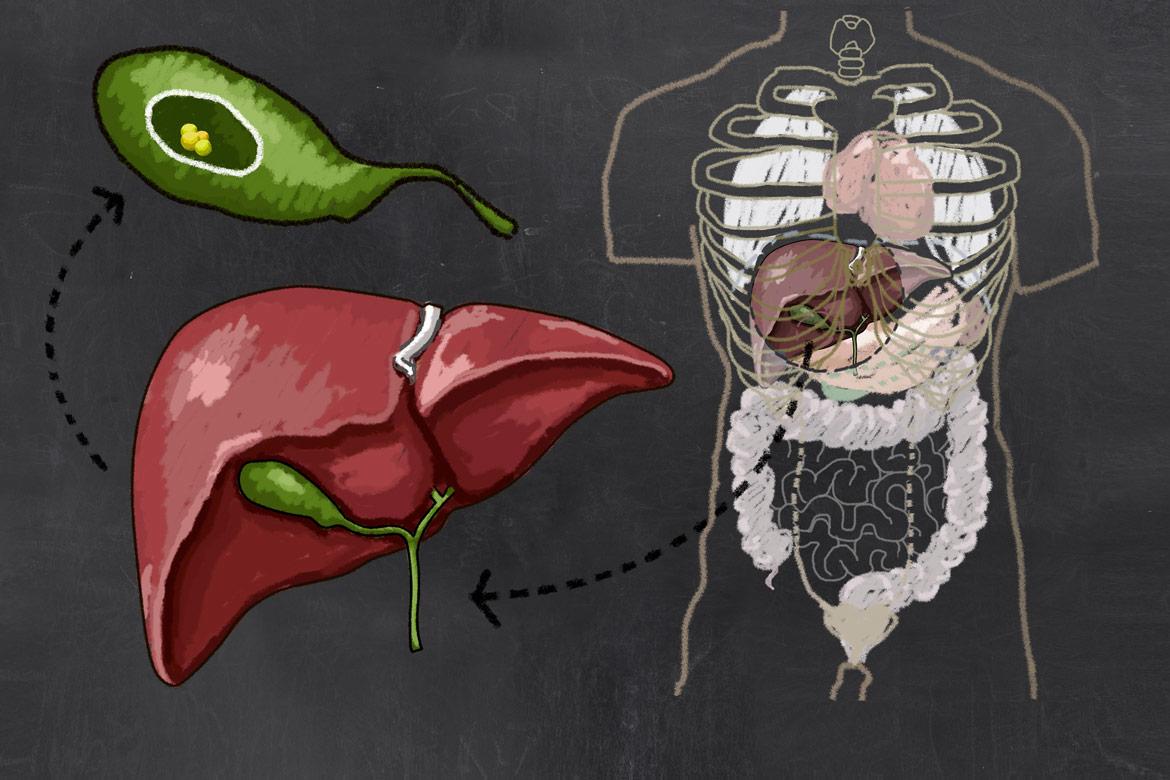
Deep Vein Thrombosis
What is deep vein thrombosis?
Deep vein thrombosis (DVT) occurs when a thrombus (blood clot) develops within deep veins, usually in the lower leg, thigh, or pelvis. DVT happens when veins are injured or blood flow is too slow, causing blood cells to clump together and form a clot. This clot may partially or completely block blood flow, leading to pain, swelling, and other complications.
Types of deep vein thrombosis:
Deep vein thrombosis (DVT) can be classified as either acute or chronic, with acute DVT referring to a blood clot that has formed recently, while chronic DVT refers to a clot that has been present for a longer duration, often hardening and attaching to vein walls.
Deep vein thrombosis vs superficial venous thrombosis:
A superficial venous thrombosis (also called phlebitis or superficial thrombophlebitis) is the formation of blood clots in veins near the surface of the skin.
Unlike deep vein thrombosis (DVT), these clots are less likely to travel to the lungs unless they enter the deep venous system. A physician can diagnose superficial vein clots through a physical exam, but diagnosing DVT requires an ultrasound to assess blood flow and detect clots within deeper veins.
What are the symptoms of deep vein thrombosis?
Up to 30% of people with deep vein thrombosis (DVT) don’t experience symptoms, and when symptoms do occur, they may be mild and easily overlooked. Common symptoms of acute DVT include:
- Swelling in the affected leg or arm, sometimes occurring suddenly
- Pain or tenderness in the limb, often noticeable when standing or walking
- Warmth in the swollen or painful area
- Red or discolored skin over the affected area
- Enlarged veins near the skin’s surface
Less commonly, DVTs affecting deeper veins can cause:
- Abdominal pain when clots form in veins deep within the abdomen
- Severe headache or seizures, especially if the clots affect veins in the brain
When to visit an urgent care centre?
If you develop symptoms of a pulmonary embolism (PE), a life-threatening complication of deep vein thrombosis, visit an urgent care centre immediately.
The warning signs and symptoms of a pulmonary embolism include:
- Rapid pulse
- Rapid breathing
- Coughing up blood
- Sudden shortness of breath
- Chest pain or discomfort that worsens when you take a deep breath or when you cough
- Feeling lightheaded or dizzy
- Fainting
When to seek medical attention?
Seek medical attention if you develop symptoms of DVT.
What causes deep vein thrombosis?
Anything that prevents the blood from flowing or properly clotting can cause a blood clot.
- Vein damage: Surgery, injury, or inflammation can damage the veins, slowing down blood flow and increasing the likelihood of clot formation.
- Infection or injury: When veins are injured or infected, the damage to the vessel wall can lead to clot formation.
- Sluggish blood flow: If blood flow becomes slow or stagnant, such as during prolonged immobility or long periods of sitting, it can lead to clot formation. This is especially true in the deep veins of the legs.
What are the risk factors for deep vein thrombosis?
- Age: Being older than 60 increases the risk, but DVT can occur at any age.
- Lack of movement: Prolonged immobility, such as sitting for long periods, bed rest, or paralysis, reduces blood flow and increases DVT risk.
- Injury or surgery: Trauma or surgical procedures can increase the risk by injuring veins or slowing blood flow.
- Pregnancy: Increases pressure in pelvic and leg veins; risk can persist up to six weeks post-birth, particularly for those with inherited clotting disorders.
- Birth control or hormone therapy: Oral contraceptives and hormone replacement therapy can increase clotting risk.
- Being overweight or obese: Extra weight increases pressure in the veins, raising DVT risk.
- Smoking: Affects blood flow and clotting, increasing DVT risk.
- Cancer: Some cancers and cancer treatments can cause substances in the blood that promote clotting.
- Heart failure: Impairs circulation, heightening the risk of DVT and pulmonary embolism.
- Inflammatory Bowel Disease: Conditions like Crohn’s disease or ulcerative colitis increase the risk.
- Family or personal history: A history of DVT or pulmonary embolism increases the likelihood of developing DVT.
- Genetics: Inherited disorders like factor V Leiden make blood clot more easily, increasing DVT risk, especially when combined with other factors.
What are the complications and related diseases of deep vein thrombosis?
Complications of deep vein thrombosis (DVT) include:
Pulmonary Embolism (PE): A life-threatening condition that occurs when a blood clot breaks free and blocks a blood vessel in the lung. Symptoms include sudden shortness of breath, chest pain while breathing or coughing, rapid breathing, rapid pulse, feeling faint or fainting, and coughing up blood.
Postphlebitic syndrome: Reduced blood flow due to vein damage from the clot. Symptoms include leg pain, swelling, skin discoloration, and skin sores.
Treatment complications: Blood thinners are commonly used to treat DVT, but they can cause bleeding (hemorrhage). Regular blood tests are needed to monitor for complications.
How do you prevent deep vein thrombosis?
Lifestyle changes can help reduce the risk of deep vein thrombosis (DVT). Here are some strategies:
- Move your legs: After surgery or during bed rest, try to move as soon as possible. Avoid crossing your legs while sitting, as this can block blood flow.
- Take breaks while traveling: When on long trips, stretch your legs frequently. Stand or walk around if you're on a plane. For car trips, stop every hour to walk around or do lower leg exercises, such as raising and lowering your heels while keeping your toes on the floor, and then raising your toes while keeping your heels on the floor.
- Don't smoke: Smoking increases the risk of DVT.
- Manage your weight: Obesity is a risk factor for DVT. Regular exercise, aiming for at least 30 minutes of moderate physical activity daily, can help lower the risk of blood clots. Exercise also aids in maintaining a healthy weight or achieving weight loss or fitness goals.
This coverage checker is brought to you by Health Insured, an online resource that helps you understand your health coverage in Singapore.
This page has been reviewed by our medical content reviewers.
Need help?
For enquiries, please call
+65 6250 0000 (Orchard) or +65 6898 6898 (Novena)
For appointment bookings, please WhatsApp
+65 8111 7777 (Orchard) or +65 8111 5777 (Novena)
 Brain & Spine Care
Brain & Spine Care







